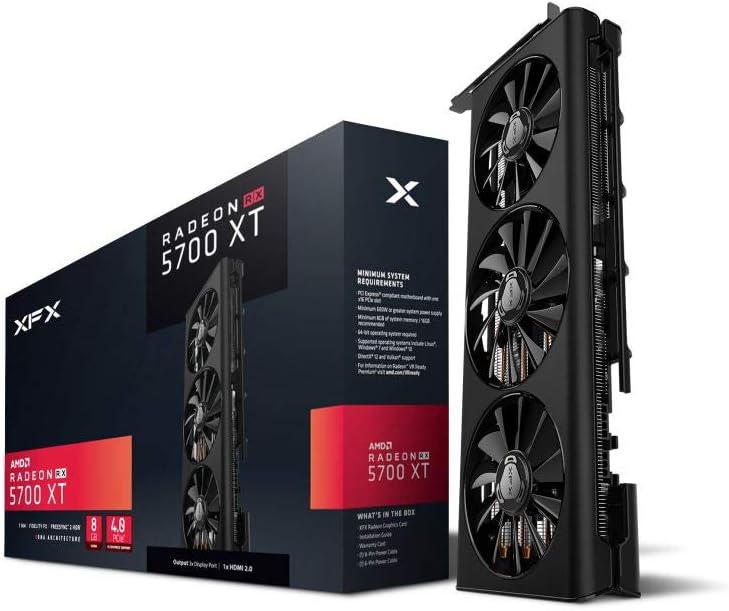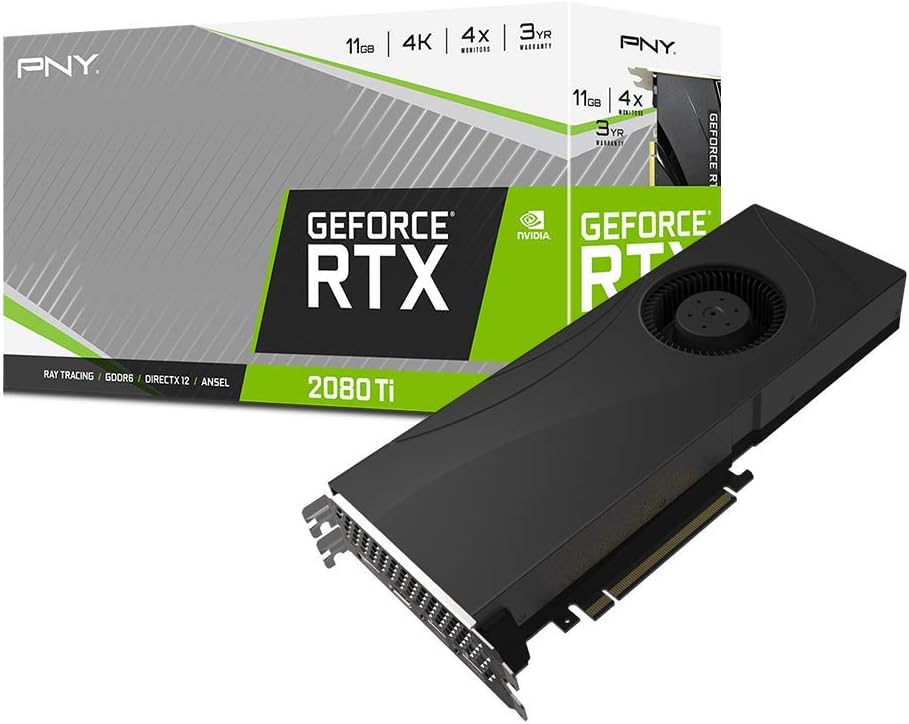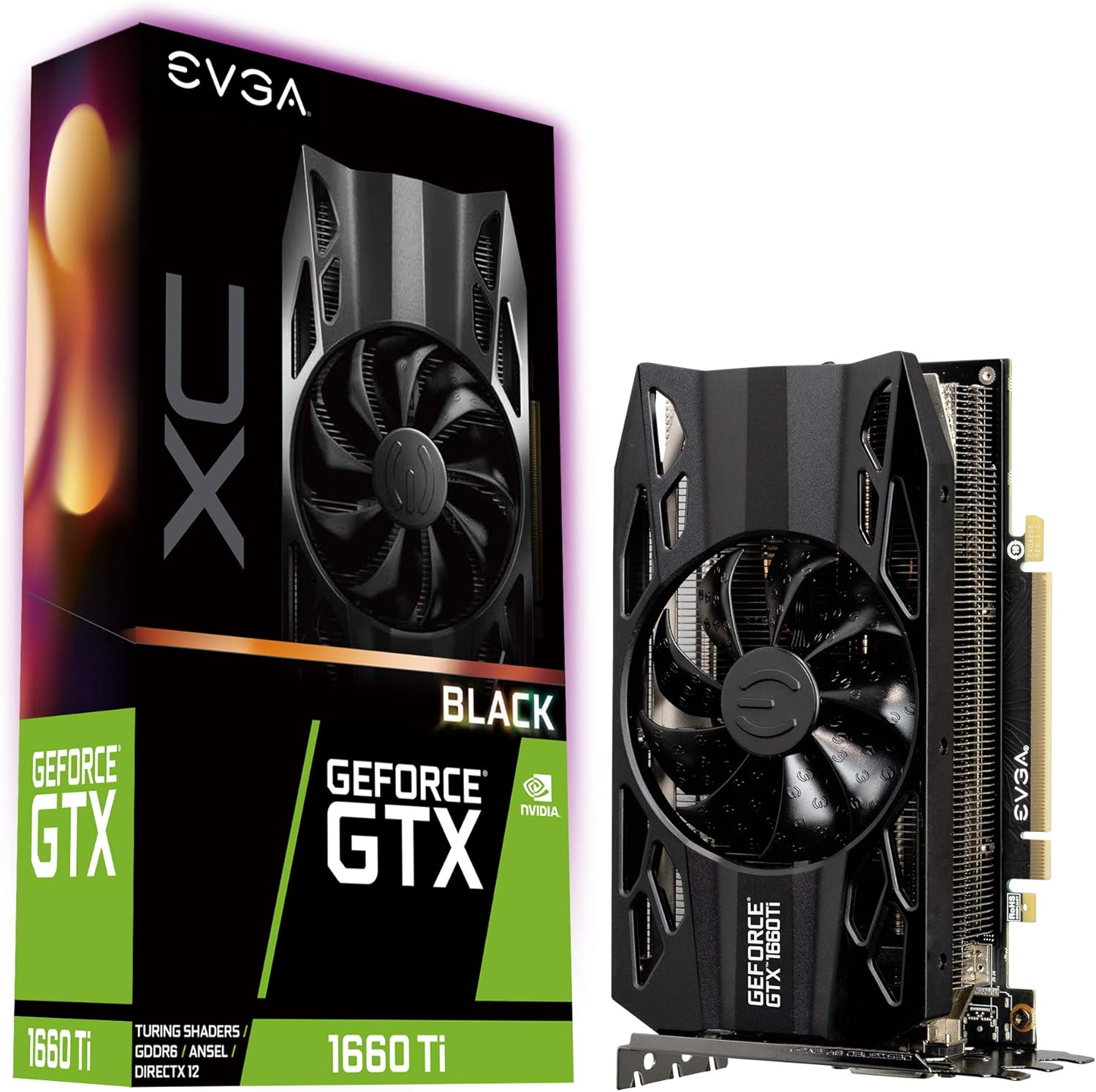This article is about Best Graphics Cards for Games. By far the most important component in any gaming rig, the graphics card does the bulk. The Best Graphics Cards for Games heavy lifting and is one of the most expensive parts for that reason.
The best illustrations cards are the soul of any gaming PC. They’re answerable for changing over those zeroes and ones into dazzling pixels on your screen. While there’s no single arrangement that is appropriate for everybody, we’re here to figure out. The unquestionable requirements from the wanna bes. Some need the quickest illustrations card. Others the best worth, and many are searching for the best card at a given cost. Adjusting execution, value, highlights, and proficiency is significant in light. The fact that no other segment impacts your gaming experience however much the illustrations card.
We are thankful for the ongoing war between AMD and Nvidia
We’re grateful and wish to stay forever — the ongoing combat between AMD and Nvidia. We’ve got plenty of options to choose from, from the Best Graphics Cards for Games and next-generation. AMD Navi to Nvidia’s Super RTX cards and all-powerful RTX 2xxx series. The battle is indeed being fought, and it’s closer than ever before with no sole winner. Which only benefits us as prices start to drop down due to the professional rivalry between the two.
Whether you’re a hardcore gamer, a content creator, or a designer, we specially selected. The Best Graphics Cards for Games and rounded them up on this list for you. Let us guide you in finding the most ideal GPU for your specific needs.
Please note that GPUs aren’t placed in the list from top to down priority wise. You can find your ideal GPU anywhere in the list.
- Nvidia GeForce RTX 2080 Super
- AMD Radeon RX 5700 XT
- Nvidia GeForce RTX 2080 Ti
- AMD Radeon RX 5700
- AMD Radeon RX 5600 XT
- Nvidia GeForce RTX 2070 Super
- AMD Radeon VII
- Nvidia GeForce GTX 1660 Super
- Nvidia GeForce GTX 1660 Ti
- AMD RADEON RX 570 4GB
Nvidia GeForce RTX 2080 Super Best High-End Graphics Card with Best Price
Stream Processors: 3,072 | Memory: 8GB GDDR6 | Memory Bandwidth: 448GB/s

The super version of Nvidia GeForce RTX 2080 is almost certainly the best card available in terms of performance to price ration. The standard RTX 2028’s days were counted the moment Nvidia intended to launch the super version. It’s cheaper than the RTX 2080, offering a much better value as Nvidia isn’t charging a Founder’s Edition tax for this latest refresh which means it’s $100 less than it’s predecessor, which it outclasses by 5 to 10 percent.
Undoubtedly, the newer version 2080 Ti is more powerful, but it costs an extra 4 to 5 hundred dollars for a comparatively slight increase in speed. Stepping down to the RTX 2080 Super, you’ll still get the second-fastest graphics card, saving about 35% on the price, and getting 85-90% of the performance.
What’s more, excellent 4K performance and blistering QHD gaming are possible on the RTX 2080 Super. When it comes to Ray Tracing, we can expect more ray-traced games in the future like Wolfenstein: Youngblood, and Control that RTX 2080 Super doesn’t support a great, however current use cases for Ray Tracing are limited.
If budget isn’t an issue at all and you want ‘top of the line’ GPU, you probably already knew you’d be going for the RTX 2080 Ti anyway.
Read Also: Best Gaming Motherboard
AMD Radeon RX 5700 XT Best AMD middle-tier performance.
Stream Processors: 2,506 | Memory: 8GB GDDR6 | Memory Bandwidth: 448GB/s

AMD Radeon RX 5700 XT just dented its rival Nvidia’s new Super launch RTX 2060 super by trimming $50 off the price tag just before its launch. 5700 XT surpasses 2060 super in performance but Best Graphics Cards for Games trades for the same price. Moving ahead it sits merely behind RTX 2070 Super being nearly as fast as RTX 2070 Super.
Certainly, RX 5700 XT deficits RTX cards’ ray tracing, thus less well suited for games that employ ray tracing or DLSS, but in conventional rasterization techniques, AMD’s rDNA architecture is very competitive. Plus, it also benefits from the 7nm FinFET manufacturing process.
RDNA architecture improved resource utilization over the previous GCN architecture cards. While comparing to AMD’s previous generation products, the RX 5700 XT also raises an inspiring performance. It competes the Radeon VII at 1080p and 1440p, all while using 75W less power.
Nvidia GeForce RTX 2080 Ti The Most Powerful Graphics Cards around
Stream Processors: 4,352 | Memory: 11GB GDDR6 | Memory Bandwidth: 616GB/s

If you want the top of the line Graphic cards champ, and budget isn’t an issue at all, you’d be going for the RTX 2080 Ti anyway. It will let you max out all the graphics settings and play 1440p and 4K games. Nvidia’s Turing architecture is at the heart of the RTX 2080 Ti, boosting performance even if you don’t enable ray tracing or DLSS.
With 11GB of speedy GDDR6 memory strapped to the board, 68 RT Cores, and 4,352 CUDA cores all baked into the GPU, the top RTX Turing card is ready for pretty much anything PC gaming can throw at it. And, now that games like Battlefield V, Metro Exodus, and Shadow of the Tomb Raider implement the RTX features, there’s never been a better time to jump on the ray-tracing bandwagon.
Coming to the few minuses: for that much cash most of the people could buy a pretty decent prebuilt gaming PC, and perhaps most importantly, the RTX 2080 was released way back in 2018, if you didn’t get one in 2018 or 2019, buying now doesn’t make much sense, as Nvidia’s Ampere expected to be launched later this year.
Nvidia GeForce RTX 2080 Ti is the most powerful and best GPU around, especially for the burgeoning ray tracing ecosystem. Just prepare yourself for that sky-high price.
AMD Radeon RX 5700 The Best Overall Graphics Card
Stream Processors: 2,304 | Memory: 8GB GDDR6 | Memory Bandwidth: 448GB/s

AMD Radeon RX 5700 is not only one of the topper of the GPU stack for AMD, but this absolute titan of a graphics card resides in the top list of the best graphics cards striking out the former victor and its direct challenger, the Nvidia GeForce RTX 2060.
AMD proves that it can make graphics cards that aren’t just incredibly powerful, but also offer excellent value for money. At $349, this powerful mid-range card brings 1080p and 1440p gaming at Ultra or Max settings, which means getting amazing graphics in your games is now more accessible than ever before. Apart from games, if you want a GPU for creative work, then the RX 5700 is still a fantastic choice, thanks again to its balance of price and performance.
When comparing to its sibling 5700 XT, it is close behind it. The RX 5700 gives you about 93% of the performance of the RX 5700 XT, for more than $50 less of the price. It’s running the same Navi GPU as the XT card, but shuffled deliberately by AMD in terms of clock speed to ensure it remains behind it, maybe due to some business strategy., however, this card might give more performance than the 5700 XT if you can unlock the RX 5700 with a handy bit of software to be able to run them at the same clock speeds. You can google the Best Graphics Cards for Games.
AMD Radeon RX 5700 is not for those looking for Ray tracing. But fairly speaking, Ray tracing performance shouldn’t be the top priority of anyone trying to decide between the Nvidia GeForce RTX 2060 and the AMD Radeon RX 5700. It is up to you to choose between run-of-the-mill performance in ray tracing and faster performance everywhere else.
AMD Radeon RX 5600 XT The best mid-tier 1080p graphics card
Stream Processors: 3,584 | Memory: 6GB GDDR6 & 14Gbps

Radeon RX 5600 XT is just the best mid-range graphics card for 1080p gaming created by AMD. This 7nm GPU will also keep you snug in a little 1440p gaming.
This AMD card challenges the Nvidia GeForce RTX 2060 with its more affordable price tag, delivering high frame rates and plenty of software features while brand new RDNA is paying off in the power department, too.
One very smart move that gets Radeon RX 5600 XT an edge over its competitor is an eleventh-hour BIOS update that increased clock speeds on most of the models of RX 5600 XT and allowed partners the option to run the memory at 14 Gbps instead of the ‘reference’ 12 Gbps, resulting in a 17% increase in memory bandwidth and GPU clocks helps quite a bit. With the update, the RX 5600 XT is incredibly close to the performance of the RTX 2060, making it more of a tricky decision for buyers as to which card to go for.
It doesn’t support Ray tracing and Deep Learning Super Sampling (DLSS), but It offers a splendid mix of great raw performance and affordable price tag.
Nvidia GeForce RTX 2070 Super The Best Overall Graphics Card
Stream Processors: 2,560 | Memory: 8GB GDDR6 | Memory Bandwidth: 448GB/s

It’s quick, mighty quick – you will get exceptional 1440p gaming performance out of this card. And the fact that the RTX 2070 Super can nail impressive 4K gaming performance on high settings makes it a great value more than mid-tier GPU. While AMD targeted the old RTX 2070, in counterattack Nvidia created this new version to beat AMD’s new Navi GPUs, going without the Founders Edition price. RTX 2070 Super is the best of the bunch in terms of sheer dollars-to-frames.
This is a card that delivers incredible 1440p performance in triple-A titles, even with ray tracing enabled in the games that support it. So, if you’re wondering about ray tracing, here’s the best card to jump in – you don’t have to break the bank for the RTX 2080 or RTX 2080 Ti anymore.
The RTX 2080 and RTX 2080 Super are both faster Best Graphics Cards for Games, but charge extra about $200 on top of the RTX 2070 Super price with no proportionate performance. Hence, RTX 2070 Super should be the choice of those on a budget. This is all at the same nominal price as the slightly older and slightly slower RTX 2070.
AMD Radeon VII AMD’s Big-Ticket Graphic Card
Stream Processors: 3,840 | Memory: 16GB HBM2 | Memory Bandwidth: 1024GB/s

AMD introduced the Radeon VII to target the high-end GPU market, offering better value, in response to Nvidia’s RTX 20xx series cards, Radeon VII delivers extremely strong 1440p and holds its own in 4K gaming but is especially great for high-resolution creative work too. Packed with 16GB of HBM2 memory, the AMD Radeon VII can keep up with much more expensive creative-focused competitors, making it one of the Best Graphics Cards for Games, 2020 has on offer. And it is the first-ever GPU manufactured with 7nm process technology.
Though it roughly has some muscle powers as Nvidia’s RTX 2080 and retails for around $100 less, it also lacks the hardware support for ray-tracing that the RTX cards have, which may be a decisive factor in buying decision, if you’re not convinced by the Radeon VII’s additional memory capacity.
Nvidia GeForce GTX 1660 Super The Best Budget Full HD Graphics Card
Stream Processors: 1,408 | Memory: 6GB GDDR6 | Memory Bandwidth: 336GB/s

The latest Nvidia GeForce GTX 1660 Super has thrust right in between standard GTX 1660 and GTX 1660 Ti making both of them practically irrelevant. A bit faster than the former with only a little more price, while it reaches the same level as the latter while being significantly cheaper.
Since the GTX 1660 Super performs better for only a small extra cost, it is also a tactical hit against its rival AMD’s RX 5500 XT. It’s a great value GPU, and its existence is the main reason that RX 5500 XT isn’t on the list. It’s mean it not only knocked out other GTX 1660 series cards but also AMD’s RX 5500 XT.
Though AMD’s RX 5600 XT (not RX 5500 XT) still positions on the top of the victory stand for mid-tier Best Graphics Cards for Games, the economical GTX 1660 Super is the best option for those looking to cut some corners.
Nvidia GeForce GTX 1660 Ti A modern mainstream card that replaces the GTX 1060
Stream Processors: 1,536 | Memory: 6GB GDDR6 | Memory Bandwidth: 288GB/s

You won’t have access to 4K 60 fps gaming with this card, but it’s one of the best graphics cards for anyone using. A 1080p screen resolution, and it can handle most eSports games well above 60fps with that resolution.
It has 6GB of GDDR6 memory and a fair 1,536 Cuda cores and is based on the newer 12nm. Turning architecture of the RTX cards, but without the ray tracing hardware.
It is its striking performance at a very affordable price that gets this GPU in the Best Graphics Cards for Games list.
AMD RADEON RX 570 4GB The Best Cheap Graphics Card with Good Performance
Stream Processors: 2,048 | Memory: 4GB GDDR5 | Memory Bandwidth: 224GB/s

AMD Radeon RX 570 is one of the best cards for gamers on a tight budget. It delivers a hell of a lot of gaming performance for the amount you’re going to spend on it.
It comfortably makes Nvidia’s GTX 1050 irrelevant and sits near GTX 1060 for a considerably lower price.
With 4GB of VRAM, it will struggle at resolutions beyond 1080p. But this tier of cards is supposed to deliver solid frame rates at HD resolution anyway. Rather than 1440p or 4K. It is also available with 8GB of RAM but for 1080p gaming, a 4GB RX 570 will deliver great performance. At the highest quality settings, so spending more for 8GB would be for nothing.
Words and Technical terms you may need to know
Stream processors — also known as CUDA are the number of cores available on the video card. Each core contributes to the overall power of the video card. So by adding more cores the overall power of the GPU increases.
Memory bandwidth — is the speed of the video RAM. It’s measured in gigabytes per second (GB/s). A video card with higher memory bandwidth can draw faster and draw higher quality images. But there’s more to video cards than just memory bandwidth.
7nm — the 7nm number refers to the size of the transistor used to construct the processing unit. They require less power and can cycle faster than larger transistors.
Resolution — measures the number of pixels in a digital image or display.
1440p — is the shorthand name for a family of video display resolutions. The p stands for progressive scan, i.e. non-interlaced. 1440 denotes a vertical resolution of 1440 pixels, double the vertical resolution of 720p.
4K resolution — refers to a horizontal display resolution of approximately 4,000 pixels. Digital television and digital cinematography commonly use several different 4K resolutions.